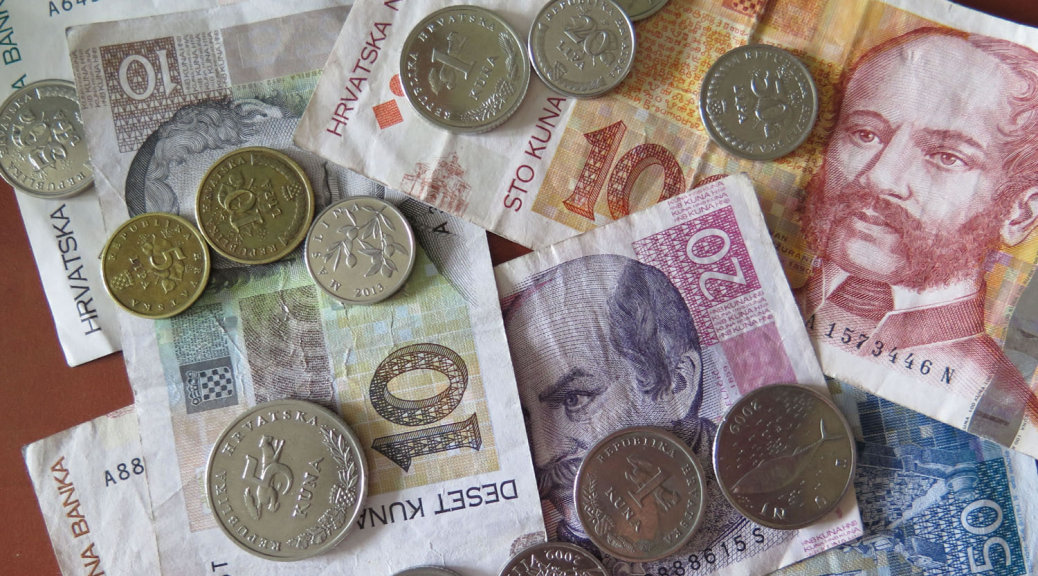Kuna became Croatian official currency on National day, 30.05.1994. It replaced the use of former Croatian Dinar.
Kuna ( eng. – musteline) was selected because of the significant role of its fur through Croatian history. From the use as a means of naturalized payments, in time it takes on a function of money.
Kuna is divided into 100 lipa, and its abbreviation in the payment system is KN, while for the lipa is LP. It is issued on paper money in amounts of 10, 20, 50, 100, 200, 500 and 1000 and in coins of 1, 2, 5, kuna and 1, 2, 5, 10, 20 and 50 lipa.
Bills are portrayed with important historical figures and buildings, coins of lipa with drawings of plants, and coins of kuna with drawings of animals.
Commemorative coins are issued depending on the occasion with a variety of designs on the reverse. There are coins of 25 kuna, but they are in seldom use.
Where to exchange currency
Currency exchange office is situated within airports, railway stations, bus stations and ferry ports that receive international arrivals. Of course, currency exchange office is also located outside this establishments as independent outlets.
Apart from them, currency can be exchanged in banks, at post offices, in Offices of Financial Agency (FINA), and at the reception of a hotel.
Credit Cards
Mastercard is the widely accepted credit card in the world, and the same holds true for Croatia. With it you can purchase almost everywhere, and it is followed by Visa, Diners and American Express.
Amount of cash with which you can travel
If you are traveling with cash amount up to 10.000,00 euros, your entry or departure from Croatia is free and without any restriction. Any larger amount you have to declare to customs official.
Tax refund for foreigners
You are entitled to a tax refund if you are buying in Croatia retail items for your personal use, with the need to fulfill certain requirements, such as the purchase of up to a certain amount – 740.00 KN, the period in which the items were brought out of the land – 3 months, filling TAX – FREE form and its verification by the border customs office.
In addition, the retailer is obliged to fulfill your request and deliver the form Request for refund of value added tax. Trader enters your name, address, country, and passport number, account number and amount, and the amount of value added tax contained in the relevant account in the form. You present purchased goods to customs office, which verifies the form and enter the date of crossing the border. In this way you can, within six months from the date of issue form, request and receive a refund of paid PDV (VAT).
